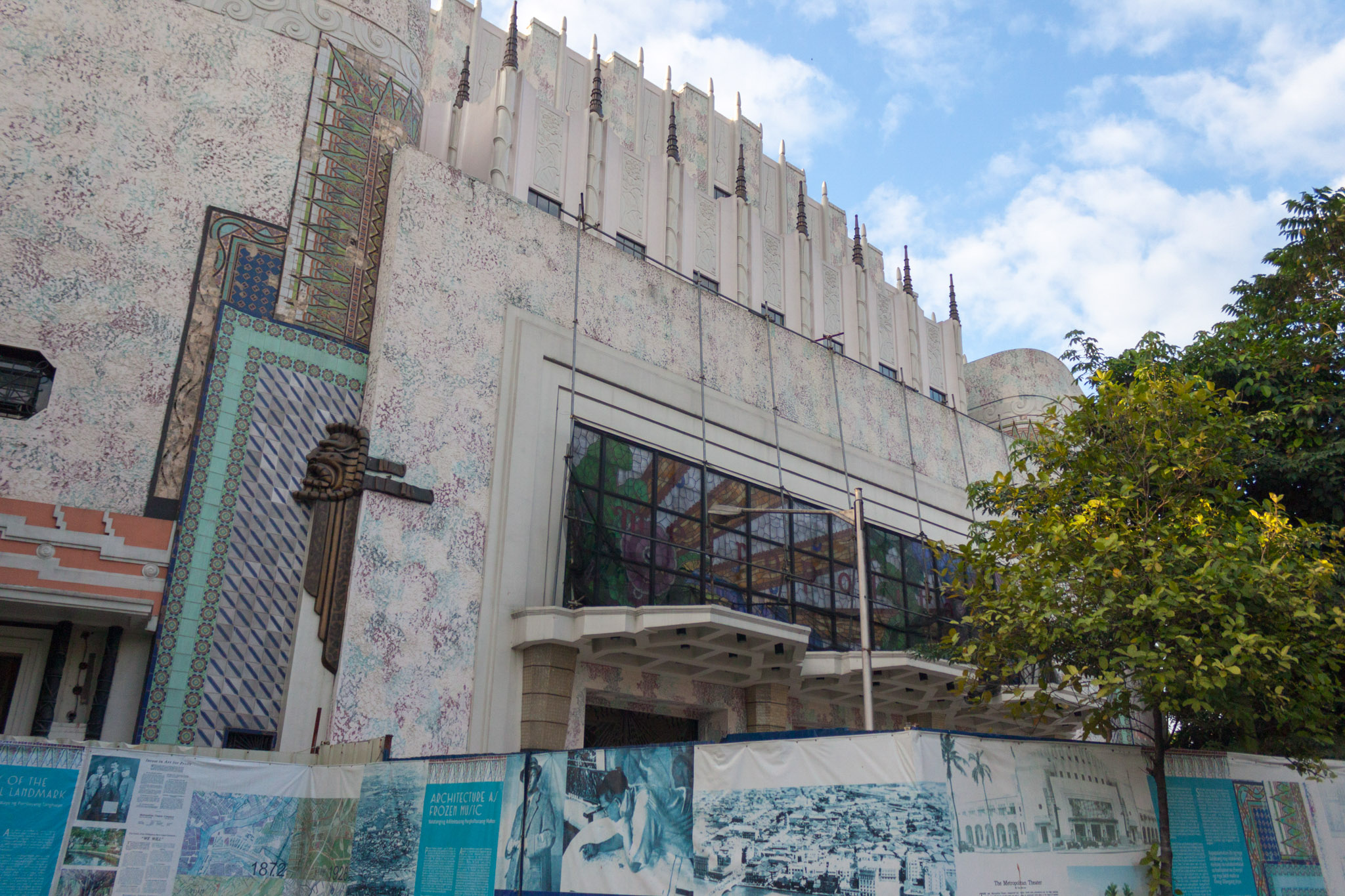Theaters have long created a home for art and artists alike. Within its halls, art and culture come alive, reflective not only of the celebration of human life but also of the passion and creativity of the artists themselves. They have created a safe space where passion for the arts thrive, nurtured and honored by those who have dedicated their lives to it.
The arts can be a form of escape for those who want to get away from things, even if only for a little while, and theater with all its glitz and glamour is sometimes the perfect escape from the problems outside its walls. The impact of the shows being produced in these spaces often goes beyond the walls of the theater—showing that art knows no boundaries.
An artist’s haven
“I have always believed that performers can execute their art anywhere. However, theaters are safe spaces and areas of organization for performers,” shares Angela Encomienda, a former writer-director-actor for Teatro Lasalyano and currently an actor for the Ateneo Blue Repertory.
Having been involved in the performing arts since she was young, Alix Goño, a fourth-year Communication Arts student from Ateneo de Manila University, is no stranger to the state of theater in the country. She sees every theater, every space dedicated for the arts, as a gift and a privilege for both the performers and the audience. “In a place like the Philippines where people put the arts on the back burner, having a place where you can freely perform a piece of art is liberating,” she confesses.
Art comes to life in these spaces, and while art can thrive just about anywhere, there is a certain charm and appeal to witnessing art express itself on stage. Trained in different genres of dance from a young age, Marielle Balmores (IV, AB-ISE) explains that the theater holds a significance that resonates with artists. “It’s a place that [allows] you to express [your talent] to your maximum because of its space and depth,” she explains, the theater providing an avenue for artists to express themselves through their craft. “Theaters are a bigger place where the audience gets to see you at your happiest.”

The Grand Dame
The Manila Metropolitan Theater (MET) once served this purpose well. In its prime, it was a haven where art and theater flourished. From cultural performances to art exhibitions, the MET was a space the performing arts could call home. Like a scene from gorgeous movie musicals filled with blinding flashes of light, the MET dazzled theater enthusiasts when it first opened on December 10, 1931. Its facade twinkled as the marriage of Art Deco embellishments and traditional Filipino motifs took center stage. As Balmores puts it, “[It’s] one of the places in the country that was meant to bring the arts to life.”
But after the devastating effects of World War II and deterioration from neglect, what once was considered the “Grand Dame of Manila” spiraled into decay.
However, efforts have been made to restore the Grand Dame to its former glory. Ecomienda personally perceives the restoration of the MET as more than just the preservation of an old building, “This [restoration] may seem like a small deal for some people, but for the people in the arts and culture industry, this could be the beginning of a new era in which heritage is protected, stigma is shattered, and new generations of artists are born.”
For many artists, they see the restoration of the MET as an inspiration to all who enter its doors. “It’s a new sight for artists to inspire themselves further [to] develop their craft,” says Sarah Garcia, a fourth-year Theater Arts student from De La Salle-College of St. Benilde, detailing how the brilliance of its design and architecture can kindle creativity among artists and non-artists alike.
Curtain call of hope
“The restoration of the MET represents that the arts have an expansive history in the Philippines,” reminds Goño on the significance of the Grand Dame to the country’s cultural heritage. “From a historical perspective, I think it’s important that Filipinos know that theater is a part of our culture.”
However, to strengthen the already growing appreciation for the arts would mean more than just restoring old theaters and building more spaces for the performing arts. The legacies theaters create lies in bringing people and the arts together. As Goño puts it, “It doesn’t matter how many fancy theaters there are or how many restorations they do if the arts [don’t] become more accessible to the middle class and poor.” The arts are universal, to be enjoyed by all no matter who they are.

Leave a Reply